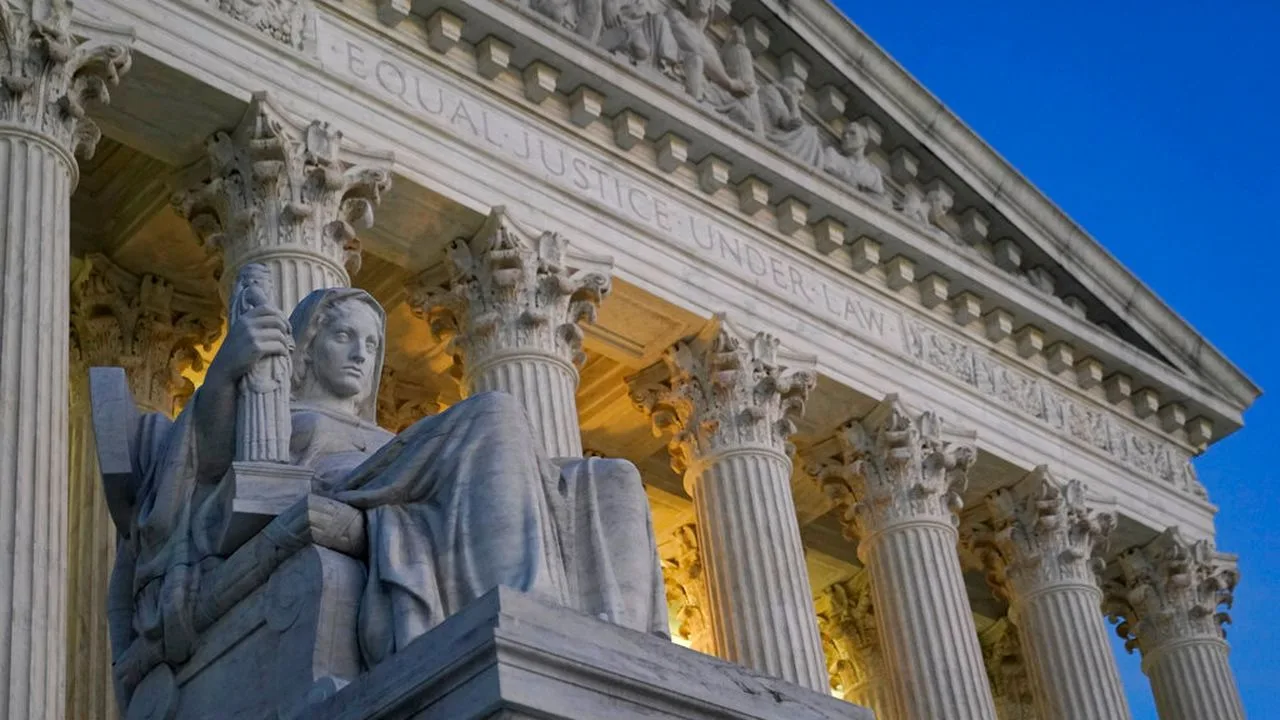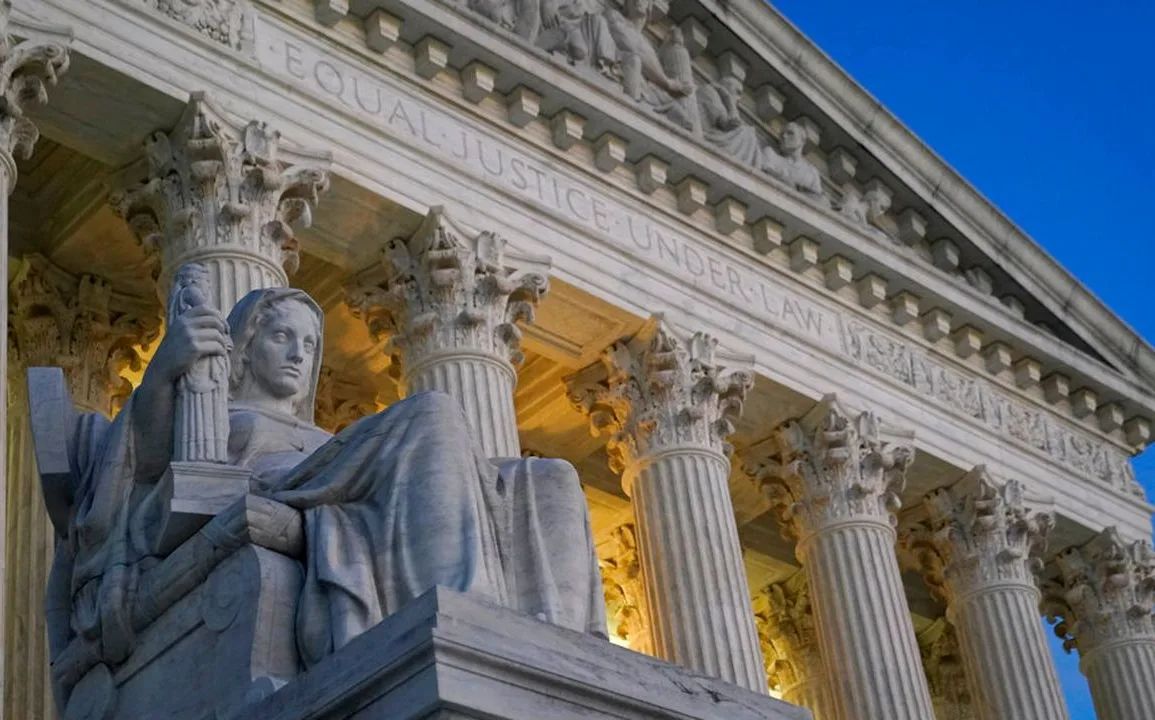
Four months after the U.S. Supreme Court ruled affirmative action illegal, Gov. Maura Healey and Attorney General Andrea Campbell are still fighting to remove barriers of access for students of color to enter college campuses.
On Monday, that battle took them to the campus of UMass Boston, where they announced new statewide guidelines for the Bay State’s colleges and universities to use to increase campus diversity.
“It is simply wrong to suggest that every student in Massachusetts or in this country begins from the same baseline,” Healey said in front of hundreds of educators at a statewide convening on the university’s campus in Dorchester, Mass., just south of Boston.
“They don’t. That’s a fact. It is also wrong to assume that America provides a level playing field for all students. It doesn’t,” Healey continued “We don’t. We never have. It’s also wrong to believe that colleges and universities don’t need to be intentional about how we increase diversity, equity and access.”
Last summer, the nation’s highest court struck down race-conscious admissions, ruling them unconstitutional. The finding by the court’s conservative majority was widely viewed as a major setback to colleges and universities across the country, which rely on affirmative action to foster a racially diverse campus.
Campbell, a Black woman who was the first person in her family to attend college, said that the high court’s decision was “personal for her.”
“I was deeply disappointed with the Supreme Court’s affirmative action decision, not only because the court’s decision ignores history, of course, but also the ongoing reality of racism,” she said. “And racial inequities that continue to exist in society causing significant harm to especially Black and Brown people.”
One study found that banning race-conscious admissions at Harvard University – one of the defendants in the Supreme Court’s decision – would significantly reduce the school’s African-American and Hispanic-American population.
The findings, which are based on data from the class of 2019, show that Harvard’s Black student enrollment would plummet from 14% to 6%, while its Hispanic enrollment would drop from 14% to 9%.
Meanwhile, white and Asian student enrollment would jump from 40% to 48% and 20% to 27% respectively.
In response to the high court’s ruling, the federal government created a set of guidelines for colleges and universities to use to continue to promote campus diversity. Healey and Campbell’s new announcement from the Advisory Council for the Advancement of Representation in Education builds on the federal guidance.
The new guidelines for higher education institutions include:
- Using holistic admissions criteria that consider how an applicant’s race shaped their life and the unique contributions they can bring to campus.
- Auditing existing admissions practices to identify potential barriers to access for marginalized groups.
- Collecting data on race and ethnicity or other measures of identity as long as said data is not used to solely give an advantage to an individual applicant.
The new guidelines also advise K-12 schools to provide students with resources such as…
- A “My Career and Academic Plan,” a multi-year planning tool used to help middle and high schoolers with opportunities to plan their academic year.
- Early college programs that offer students the chance to take college classes and earn college credits while in high school.
- “Innovation Career Pathways” programs that provide workforce learning opportunities such as advanced manufacturing, information technology and business and finance to high school students.
“This particular decision, while it may have taken away some of our tools, – I stressed to my team when it came out – it did not take away our toolbox,” Campbell said.


